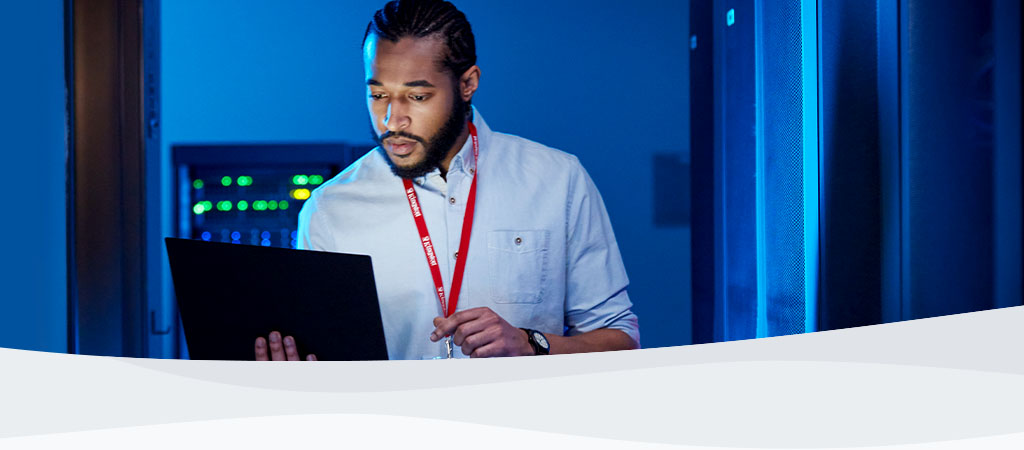首先,您應該確認在系統 BIOS 中可以看到 SSD 固態硬碟。進入您的 BIOS (通常是「Del」、「F2」、「F10」或「F12」鍵),並瀏覽儲存組態選單,查看磁碟機是否已正確識別並存在。
如果磁碟機不存在,請關閉系統電源,檢查安裝和連接,確認磁碟機已正確定位和/或正確連接。
如果 BIOS 中找得到磁碟機,您可能需要在作業系統中初始化該磁碟。
Windows:步驟 1:確認已正確連接磁碟機,請開啟系統電源,接著開機進入 Windows 作業系統。
步驟 2:按「Windows + X」鍵,並選擇磁碟管理。
步驟 3:如果 SSD 固態硬碟是全新的且未初始化,會出現一個彈出窗口,顯示「初始化磁碟」。
步驟 4:選擇:
MBR (主開機記錄):適用於 2TB 以下的硬碟及較舊的系統。
GPT (GUID 分區表):建議用於現代系統和大於 2TB 的硬碟。
步驟 5:按下「確定」然後初始化磁碟。
步驟 6:初始化後,您將看到 SSD 固態硬碟顯示為「未配置」。對它按一下右鍵,並選擇「新卷宗」。
步驟 7:依照螢幕提示格式化 SSD 固態硬碟,並為其指派磁碟機代號。
Mac 作業系統:
步驟 1:確認已正確連接磁碟機,請開啟系統電源,接著開機進入 Mac OS 作業系統。
步驟 2:開啟磁碟工具程式 (可以使用「Spotlight」並使用「Cmd + 空格鍵」找到它,然後鍵入「磁碟工具程式」)。
步驟 3:在左側視窗中,選擇您的 SSD 固態硬碟。
步驟 4:按一下「清除」。
步驟 5:提供磁碟機的名稱,然後在格式下選擇:
適用於較新 Mac 和 SSD 固態硬碟的 APFS。
適用於較舊系統或 HDD 傳統硬碟的 Mac OS Extended (日誌式)。
步驟 6:按一下「清除」。完成流程後,就能使用 SSD 固態硬碟。
Linux:
步驟 1:確認已正確連接磁碟機,請開啟系統電源,接著開機進入 Linux 作業系統。
步驟 2:開啟終端機。
步驟 3:輸入「sudo fdisk -l」,列出所有連接的磁碟機。透過大小識別出您的 SSD 固態硬碟,並記下裝置名稱,例如「/dev/sdb」。
步驟 4:使用「fdisk」或「parted」初始化SSD 固態硬碟。這是使用「fdisk」的基本指南:
輸入「sudo fdisk /dev/sdb」 (將「/dev/sdb」替換為 SSD 固態硬碟的裝置名稱)。
按「g」建立新的 GPT 分割區表。
按「n」建立一個新分割區。依照提示指定尺寸和類型。
按「w」寫入變更。
步驟 5:格式化 SSD 固態硬碟上的新分割區 (例如「/dev/sdb1」)。格式化成您選擇的檔案系統:
ext4:sudo mkfs.ext4 /dev/sdb1
ext3:sudo mkfs.ext3 /dev/sdb1
FAT32:sudo mkfs.vfat /dev/sdb1
步驟 6:安裝 SSD 固態硬碟:
建立掛載點:sudo mkdir /mnt/myssd
掛載 SSD 固態硬碟:sudo mount /dev/sdb1 /mnt/myssd
請記得將「/dev/sdb1」替換為 SSD 固態硬碟的分割區名稱。
FAQ: KSD-012010-001-15

